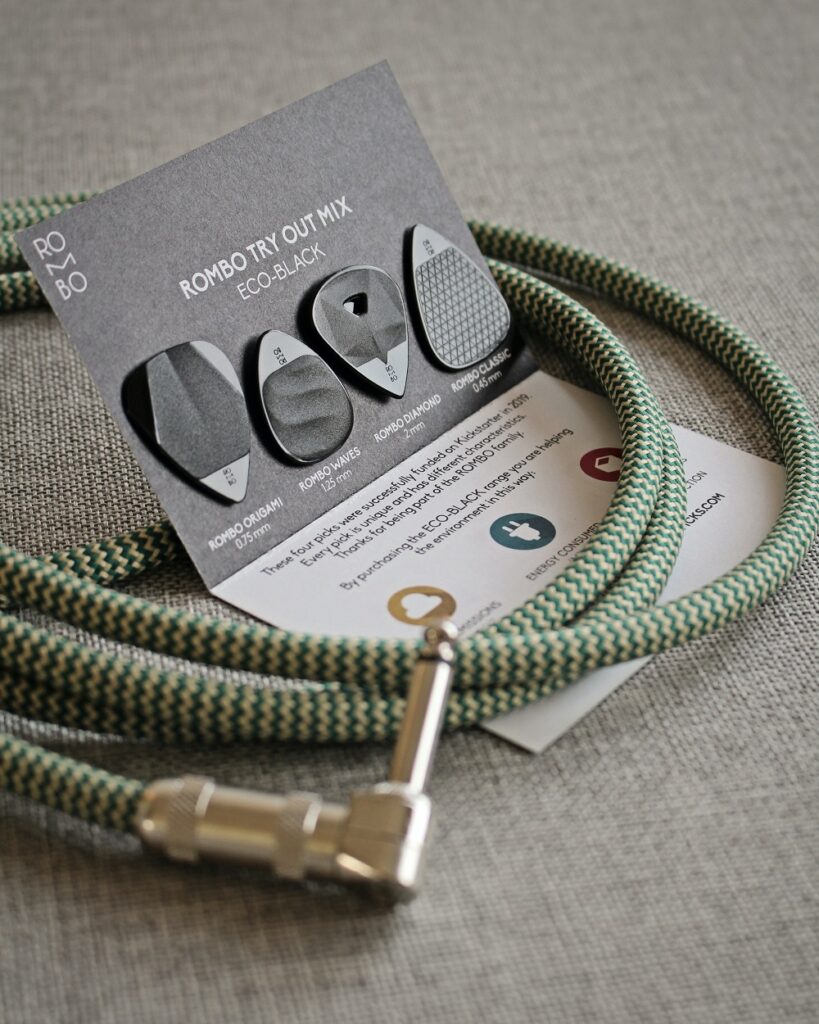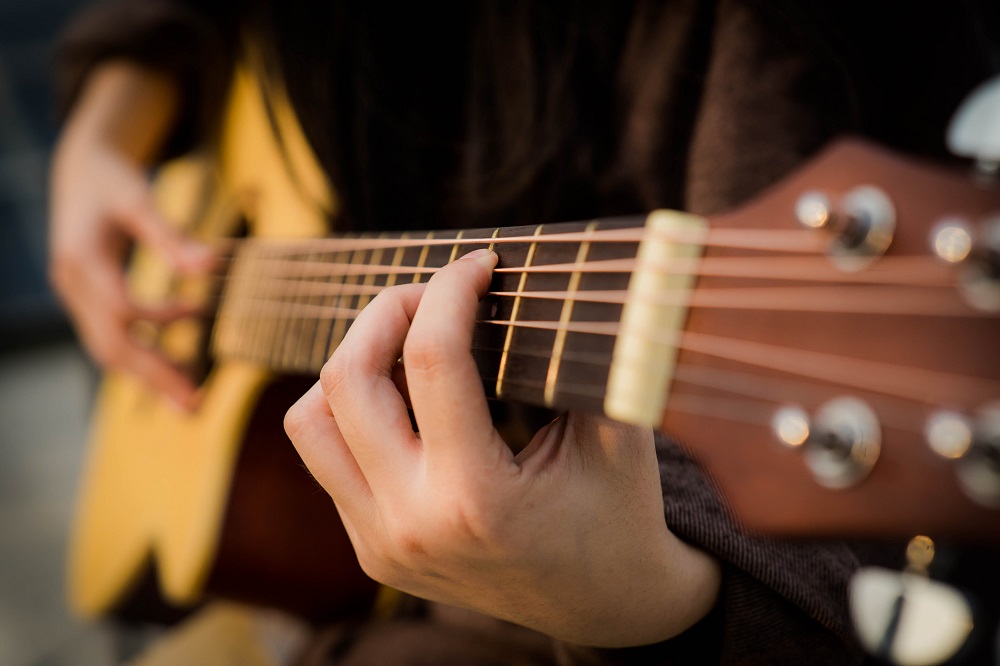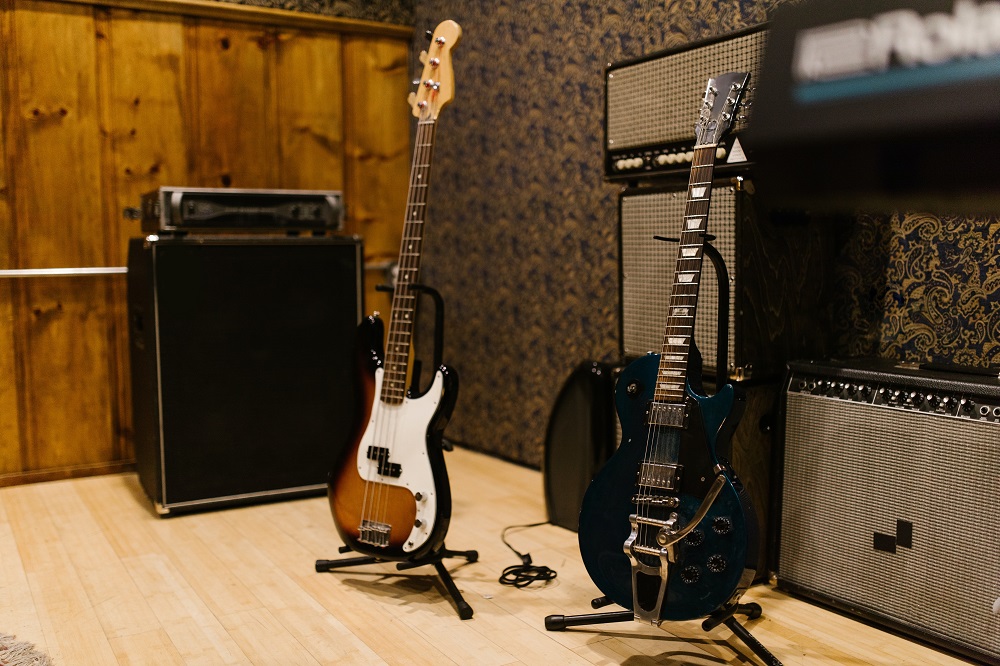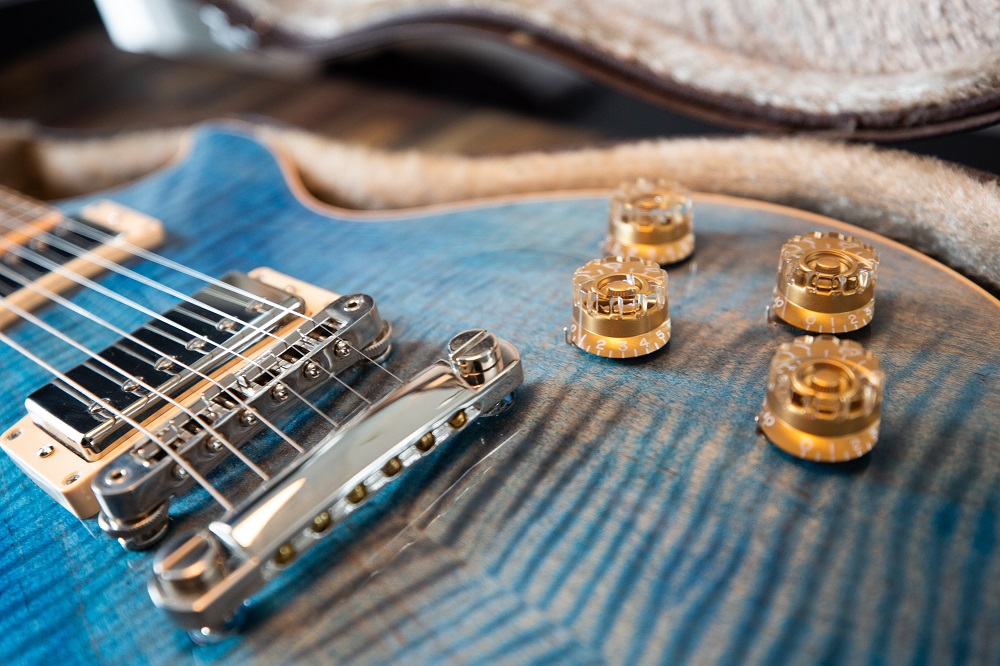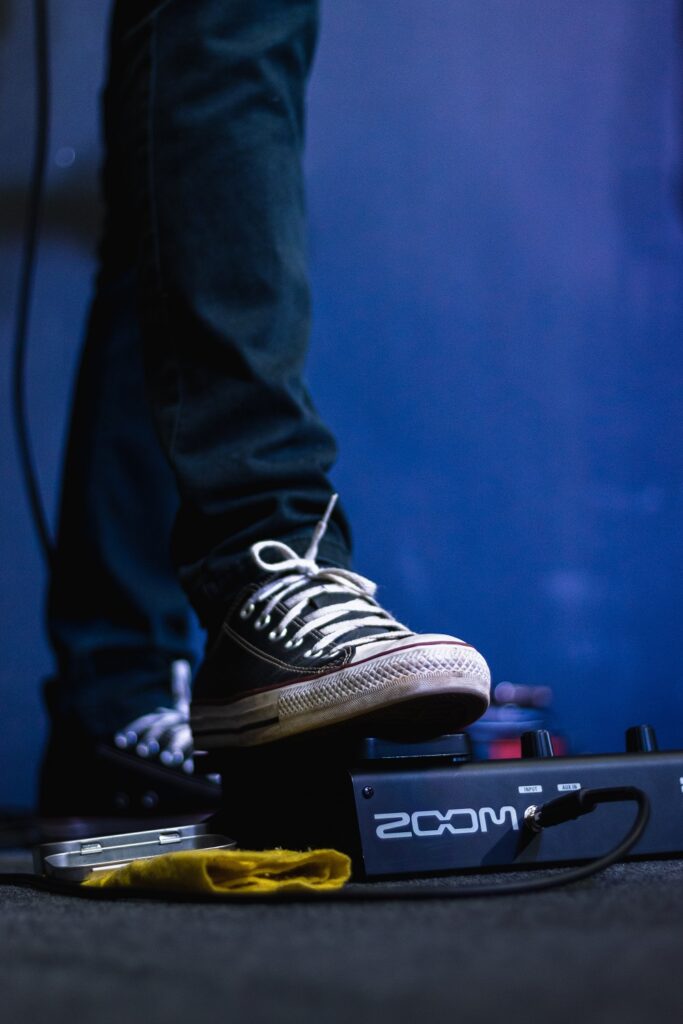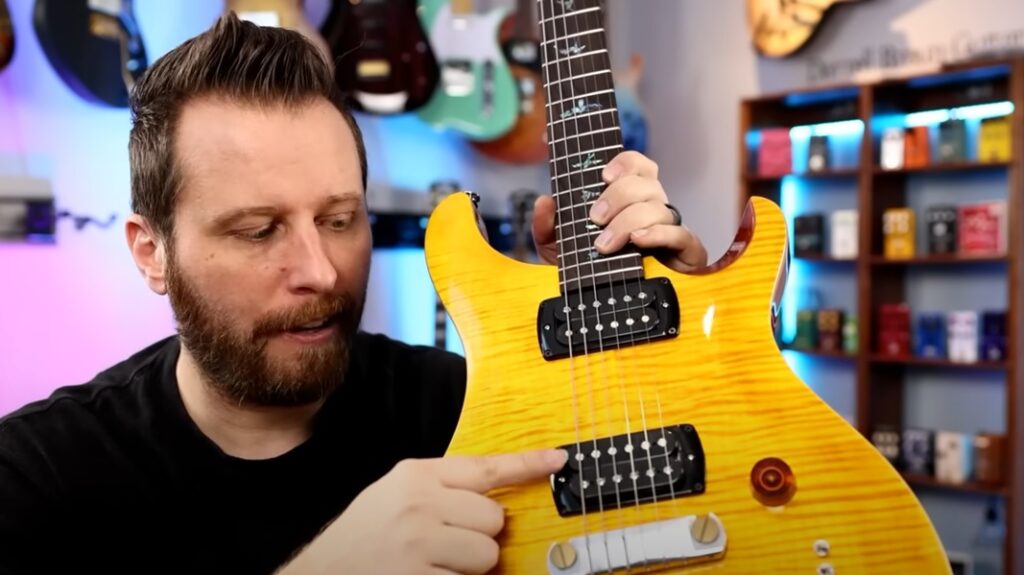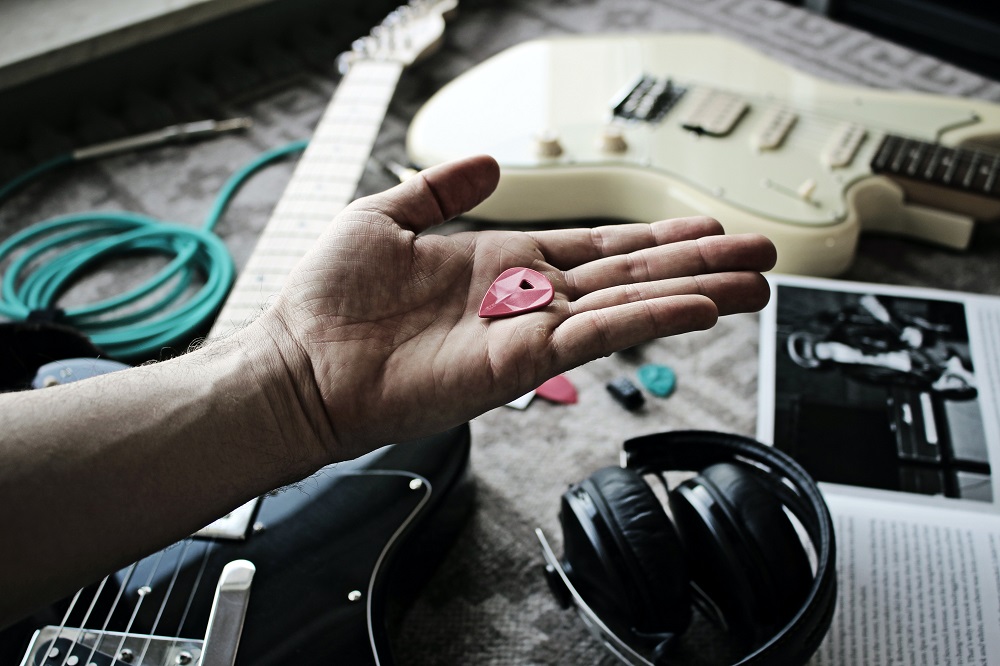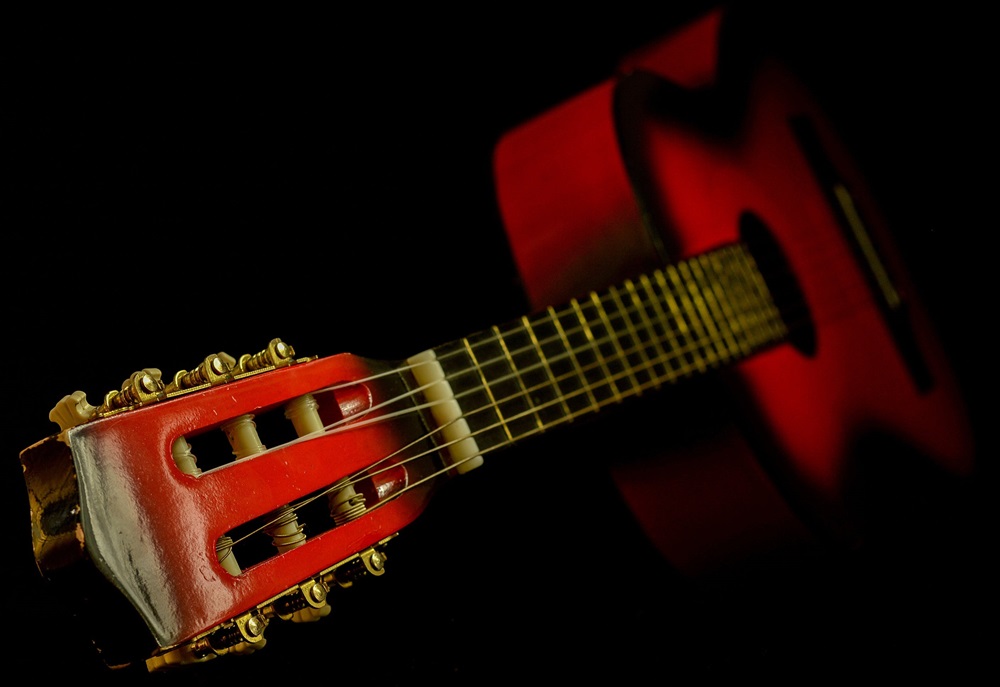
The guitar is a versatile and expressive instrument that can be tuned in various ways to produce unique and captivating sounds. While standard tuning (EADGBE) is the most common and widely used tuning for the guitar, there are numerous alternative tunings that offer a wide range of sonic possibilities. In this article, we will delve into the world of different guitar tunings, exploring open tunings, drop tunings, and more. We will discuss the characteristics of each tuning, how to achieve them, and some famous songs and guitarists associated with each.
Standard Tuning: EADGBE
Before we dive into alternative tunings, it’s essential to understand the foundation: standard tuning. Standard tuning for the guitar is EADGBE, from the thickest string to the thinnest. This tuning is widely used for a reason; it offers a balanced and versatile range of chords and scales, making it suitable for a wide variety of music styles.
In standard tuning, you can play chords, such as E major, A minor, and D major, with ease. You can also explore the vast world of scales, like the pentatonic and diatonic scales. Many iconic guitar riffs and solos are played in standard tuning, making it a fundamental starting point for any guitarist.
Open Tunings
Open tunings are a family of alternative guitar tunings that create a unique sound by altering the standard tuning. These tunings are referred to as “open” because strumming all the open strings without pressing down any frets produces a full major or minor chord. Some of the most popular open tunings include Open E, Open G, and Open D. Let’s take a closer look at each of these tunings.
Open E Tuning (EBEG#BE)
Open E tuning is a favorite among slide guitarists and is often used in blues and rock music. When your guitar is tuned to Open E, the strings are tuned to the following notes, from low to high: E B E G# B E.
Strumming all the open strings results in an E major chord, making it easy to produce a full, resonant sound. Slide guitar players love this tuning because it allows them to slide a bottleneck or slide bar up and down the neck while maintaining a clear major chord shape. You can achieve some of the signature bluesy sounds with this tuning that have become synonymous with legendary guitarists like Duane Allman and Derek Trucks.
Open G Tuning (DGDGBD)
Open G tuning is another popular choice among slide guitarists and is widely associated with Delta blues and rock music. In Open G tuning, the strings are tuned to the following notes, from low to high: D G D G B D.
Strumming the open strings produces a G major chord, which is the reason this tuning is often called “Open G.” Many famous guitarists have utilized this tuning, including Keith Richards of The Rolling Stones. Open G tuning provides a bright and bluesy sound, making it perfect for creating infectious riffs and slide guitar solos.
Open D Tuning (DADF#AD)
Open D tuning is favored for its rich and resonant sound, making it an excellent choice for fingerstyle guitarists and folk musicians. When you tune your guitar to Open D, the strings are set to the following notes, from low to high: D A D F# A D.
Strumming all the open strings results in a D major chord, providing a warm and full-bodied sound. This tuning is often associated with acoustic legends like Joni Mitchell and Mississippi John Hurt. Open D tuning allows for the easy exploration of intricate fingerpicking patterns and harmonious chord progressions.
Open tunings open up a world of creative possibilities for guitarists, and they are not limited to just the ones mentioned above. Musicians often experiment with alternate open tunings to achieve specific sonic textures that fit their musical vision. Some other open tunings worth exploring include Open C (CGCGCE) and Open A (EAC#EAE).
Drop Tunings
Drop tunings are alternative guitar tunings that involve lowering one or more strings to create a heavier and more aggressive sound. Drop tunings are commonly used in rock, metal, and alternative music genres. Here, we will explore two of the most well-known drop tunings: Drop D and Drop C.
Drop D Tuning (DADGBE)
Drop D tuning is a favorite among hard rock and metal guitarists because it adds depth and power to the low end of the guitar. In Drop D tuning, only the low E string is lowered to a D, while the rest of the strings remain in standard tuning. The resulting tuning is D A D G B E.
The primary advantage of Drop D tuning is that it allows for easy power chord shapes with one finger barring across the low three strings. This simplicity and added heaviness make it a go-to choice for creating heavy riffs and chugging power chords. Notable bands that have used Drop D tuning extensively include Nirvana and Soundgarden.
Drop C Tuning (CGCFAD)
Drop C tuning is another favorite in the heavy music scene, known for its deep and aggressive sound. In Drop C tuning, all the strings are lowered, creating a lower overall pitch. The tuning is C G C F A D.
Drop C tuning is popular among metal and hardcore bands looking for a crushing and dark tone. It’s easier to play complex chugging riffs and power chords in this tuning, and the lower pitch adds a distinct heaviness to the music. Notable bands that have used Drop C tuning include Slipknot and System of a Down.
Drop tunings can significantly impact the guitar’s sound and provide a unique character to the music. While Drop D and Drop C are the most prevalent, there are many other drop tunings that you can experiment with, such as Drop B (B F# B E G# C#) and Drop A (A E A D G B).
DADGAD Tuning
DADGAD tuning is an alternative tuning that is commonly used in folk and fingerstyle guitar playing. The name of this tuning reflects the notes of the strings, from low to high: D A D G A D. DADGAD tuning is particularly known for its lush and open sound, making it a favorite among acoustic guitarists.
The open strings in DADGAD tuning create a beautiful and versatile Dsus4 chord, offering a harmonic foundation for intricate fingerpicking patterns. This tuning is often associated with Celtic and folk music, as it provides a unique atmosphere and is well-suited for modal playing. Famous guitarists like Pierre Bensusan have championed DADGAD tuning for its ability to create intricate and evocative acoustic arrangements.
Half-Step Down Tuning (Eb Ab Db Gb Bb Eb)
Half-step down tuning, as the name suggests, involves lowering all six strings by a half-step or one fret. This tuning is commonly used by bands and guitarists seeking a slightly lower pitch and a darker, heavier sound. The notes for half-step down tuning are as follows, from low to high: Eb Ab Db Gb Bb Eb.
While this tuning is not a dramatic departure from standard tuning, it can make playing certain songs easier by providing a slightly lower pitch, and it can also be used to achieve a more distinctive tone. Iconic bands like Guns N’ Roses and Alice in Chains have employed this tuning for some of their most famous songs.
Songs and Guitarists Associated with Different Tunings
To further explore the fascinating world of alternative guitar tunings, let’s take a look at some famous songs and guitarists known for their creative use of these tunings:
Open E Tuning
- Duane Allman: Duane Allman, the legendary slide guitarist from the Allman Brothers Band, is renowned for his masterful use of Open E tuning. Listen to his iconic slide guitar work in “Layla” by Derek and the Dominos.
- Derek Trucks: Another exceptional slide guitarist, Derek Trucks, often utilizes Open E tuning. His intricate slide work can be heard in songs like “Midnight in Harlem.”
Open G Tuning
- Keith Richards: As a co-founder of The Rolling Stones, Keith Richards frequently uses Open G tuning in many of the band’s classics, such as “Start Me Up” and “Brown Sugar.”
Open D Tuning
- Joni Mitchell: Joni Mitchell is known for her innovative use of Open D tuning. Listen to her acoustic masterpiece, “Big Yellow Taxi,” to hear the unique sounds of this tuning.
Drop D Tuning
- Nirvana: Kurt Cobain of Nirvana was a fan of Drop D tuning and used it in numerous songs, including “Heart-Shaped Box” and “All Apologies.”
- Soundgarden: Chris Cornell and Kim Thayil of Soundgarden used Drop D tuning to create their signature heavy sound in songs like “Outshined.”
Drop C Tuning
- Slipknot: Slipknot’s crushing and aggressive sound is partly attributed to their frequent use of Drop C tuning. “Duality” and “Before I Forget” are prime examples.
- System of a Down: System of a Down has utilized Drop C tuning in their chaotic and rhythmic music, as evident in songs like “Aerials.”
DADGAD Tuning
- Pierre Bensusan: The acclaimed fingerstyle guitarist Pierre Bensusan is known for his mastery of DADGAD tuning. Listen to his composition “Hymn 11” to experience the captivating qualities of this tuning.
Half-Step Down Tuning
- Guns N’ Roses: Slash, the legendary guitarist of Guns N’ Roses, frequently uses half-step down tuning. Listen to the iconic “Sweet Child o’ Mine” to hear this tuning in action.
- Alice in Chains: Jerry Cantrell of Alice in Chains used half-step down tuning to create the distinctive grunge sound in songs like “Man in the Box.”
Exploring different guitar tunings is a fascinating journey that can unlock a world of creative possibilities for guitarists. Open tunings, drop tunings, and alternative tunings like DADGAD and half-step down tuning each offer a unique set of characteristics and sounds that can enrich your playing and help you express your musical ideas more effectively.
As you delve into the realm of alternative tunings, remember that there are countless variations beyond the ones mentioned in this article. The best way to discover the perfect tuning for your style and musical aspirations is through experimentation. By exploring different tunings and studying the work of legendary guitarists who have mastered them, you can find inspiration and develop your own distinct voice as a guitarist.
Whether you’re drawn to the melancholic beauty of DADGAD, the raw power of Drop C, or the bluesy charm of Open G, alternative guitar tunings offer a world of sonic possibilities waiting to be explored. So grab your guitar, experiment with these tunings, and let your creativity soar as you embark on your own unique musical journey.
Generated by ChatGPT
